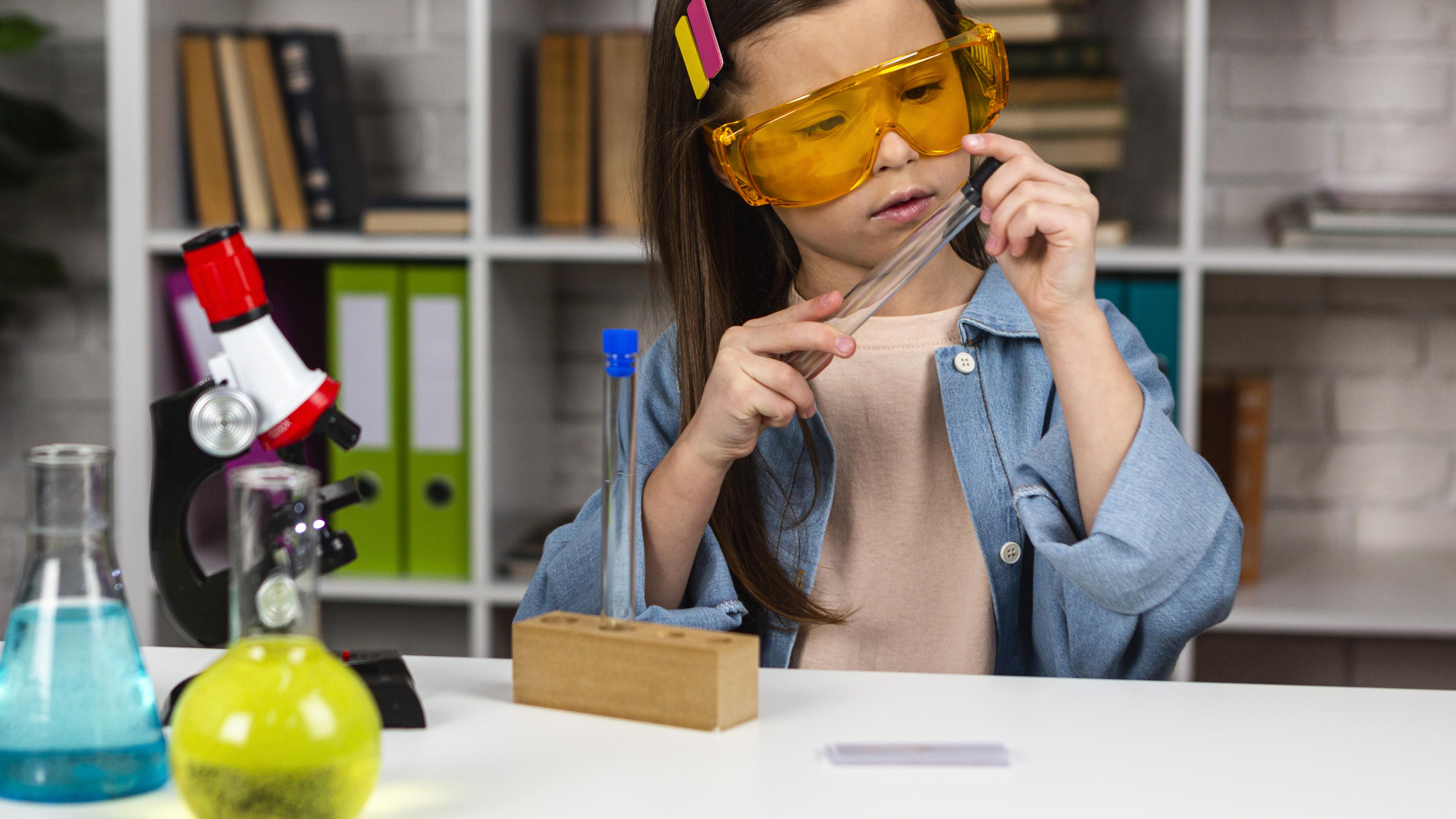From Lab to Life: The Role of Chemicals in Advancing Renewable Energy Solutions

The Role of Chemicals in Advancing Renewable Energy Solutions: The Transformation from Lab to Life
When we address the burning issues of climate change as well as the depletion of fossil fuel reserves, the search for renewable energy resources Today, more than ever, Solomon's problem places the role of chemistry at the center of attention, which, one might forget, is still a laboratory operator. However, it is also the same chemistry that is likely to provide laboratory solutions to the energy problem of the future. In this blog, we will discuss the chemicals that are essential in developing renewable energy sources and make them a part of our lives as they are being developed, starting with solar g cells, biofuels, and much more.
Wind energy, solar energy, hydropower, biogas and biomass have become renewable energy which is an integral part of our energy mix. Heat, energy, and electricity are all present there, passing through the stages of industrial chemistry, experimental development, and laboratory work, or in the words of exaggeration, Through advanced programming. One of the most interesting aspects of this research is the production, improvement and dissemination of solar energy technology.
Solar energy, which is collected through solar panels, is among the most advanced sources of renewable energy. The materials utilized in the fabrication of these components are crucial factors in determining how efficient these cells are able to perform. Various combinations of silicon, cadmium telluride, and perovskites are being tested to different combinations with higher energy conversion rates. Especially perovskite solar cells, which also attracted more attention due to their promise of greater efficiency and lower manufacturing costs. Moreover, by using conjunction of organic and inorganic compounds, these cells can be made more robust and last longer which can in turn make solar energy more appealing to customers.
But it is not the end even at the solar energy rather solar energy is just the starting point. The real task is to focus on the underlying chemical that helps energy storage, while the solar energy is truly unreliable as it goes hand in hand with the time of the day. Energy storage has slowly become a necessity with the growing use of solar and wind energy. In this case, chemicals play a huge role. Lithium ion batteries have without any doubt been able to do that so far, these are also used for storage of energy generated through renewable sources. Due to their chemistry, these batteries are chemically capable of storing energy and releasing it whenever required.. All of this together makes sure energy is available at all times regardless of the hub of activity, Only if the sun is shining or wind blowing.
The necessity for sustainable energy sources has transformed the energy sector and underscored the need for further research in the area. An electric vehicle requires a highly advanced battery to operate. This simply demonstrates how reliant the electric vehicle sector is on power sources that are reliable. In this context, a solution is offered thanks to the power of sodium-ion. Solid state batteries, the focus of contemporary investigations, are claimed to be much more cost-effective than lithium-ion solutions.
Biomass is a major source of biofuels but the amount of chemical compounds and processes used to synthesize them helps to maximize the economic independence of a product. In modern biotechnology, biofuels have a wealth of prospects- they can totally replace all fossil fuels in a couple of decades. This would assist avoid an increase in greenhouse gases. Biofuels are produced from raw biological material and the processes to convert biomass into biofuels, organic chemical reactions like transesterification and fermentation, can be greatly simplified by chemists. This provides further avenues for biofuels as a source of transportation and heat.
In addition, the role of chemistry in renewable energy solutions goes beyond just the production. It encompasses the full life-cycle of energy systems. For example, new processes in chemical recycling are aiding in the reduction of waste from solar panels or batteries. By reclaiming useful substances from discarded energy systems we can help to support the circular economy which lessens the pollution and reduces the cost of resources.
Going forward, the contribution of chemistry in the improvement of renewable energy solutions will be immense, and this is particularly due to the need of adopting measures that are sustainable. The issue of integrating chemistry, engineering, and policy in order to implement solutions that have been discovered in the labs will be critical. This collaborative model will not only hasten the pace of novel energy technology developments but will also guarantee the cost and social acceptability of these items.
To sum up, the quest which includes lab to life phase is a powerful reminder of the capacity of chemistry in building a better future. The current breakthroughs from the research laboratories are providing a solid basis to develop into renewable energy technologies of the future. The use of chemicals gives a chance to emphasize changing the energy sector for the better targeting the needs of the society and the world in general. While we work to integrate chemistry with renewable energy, there is opportunity to appreciate that solutions that appear to be complex can be simple, easy, within reach and just waiting to be found, developed and used for the purpose of improving the human life.
